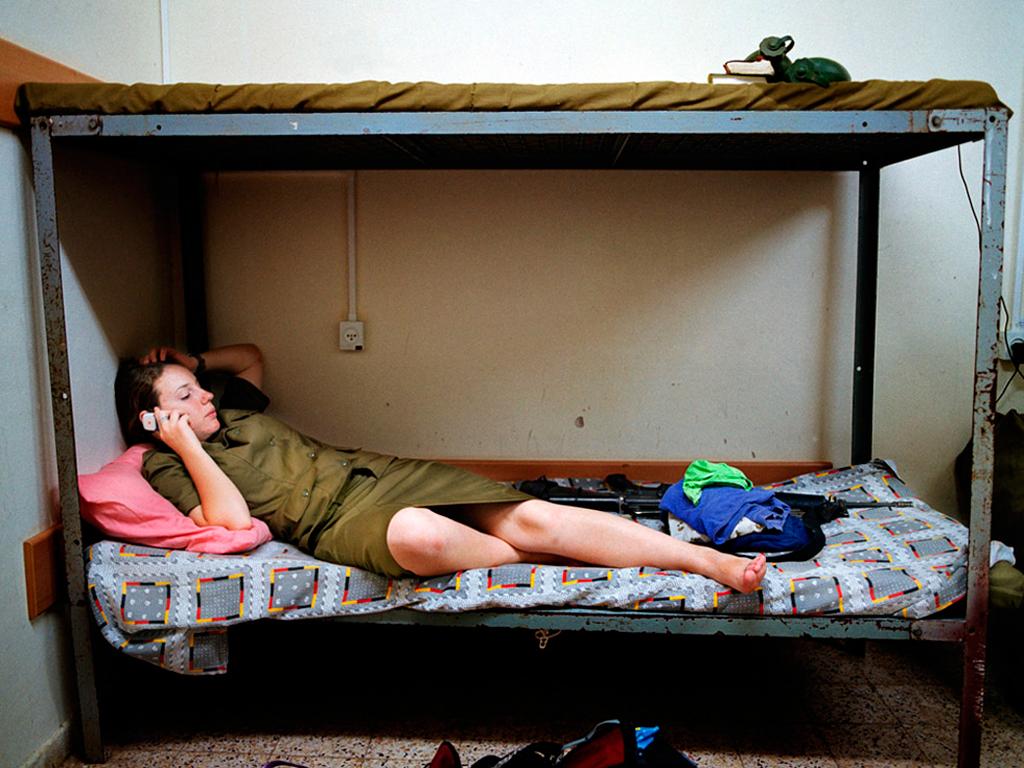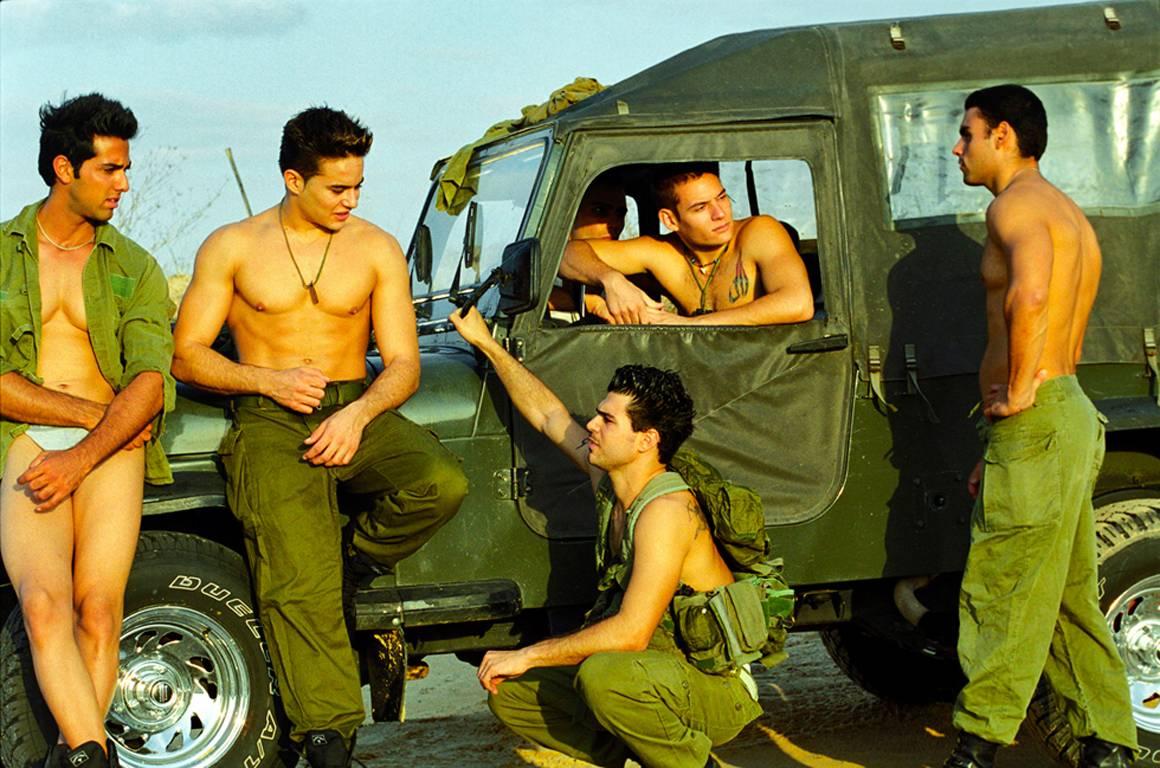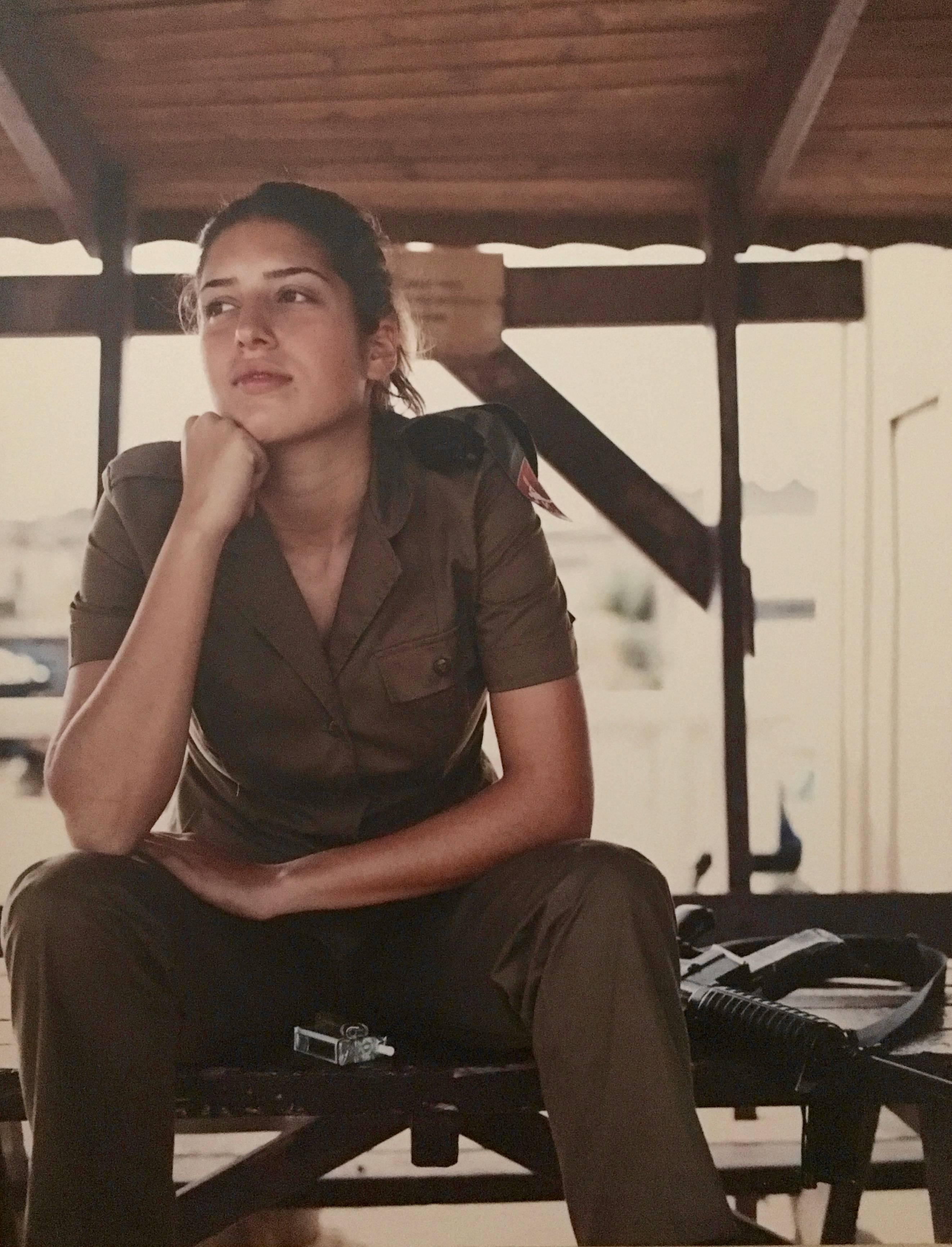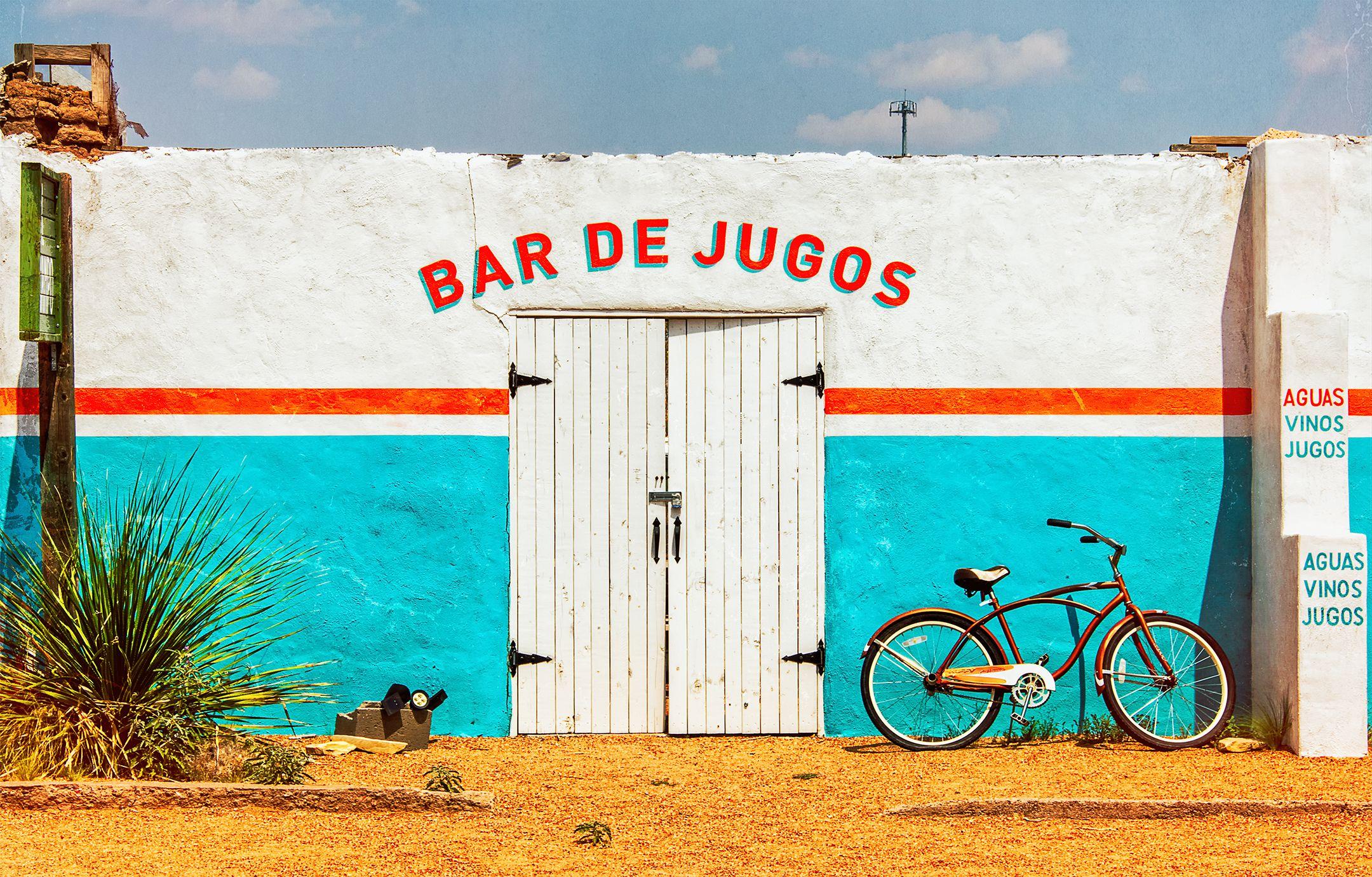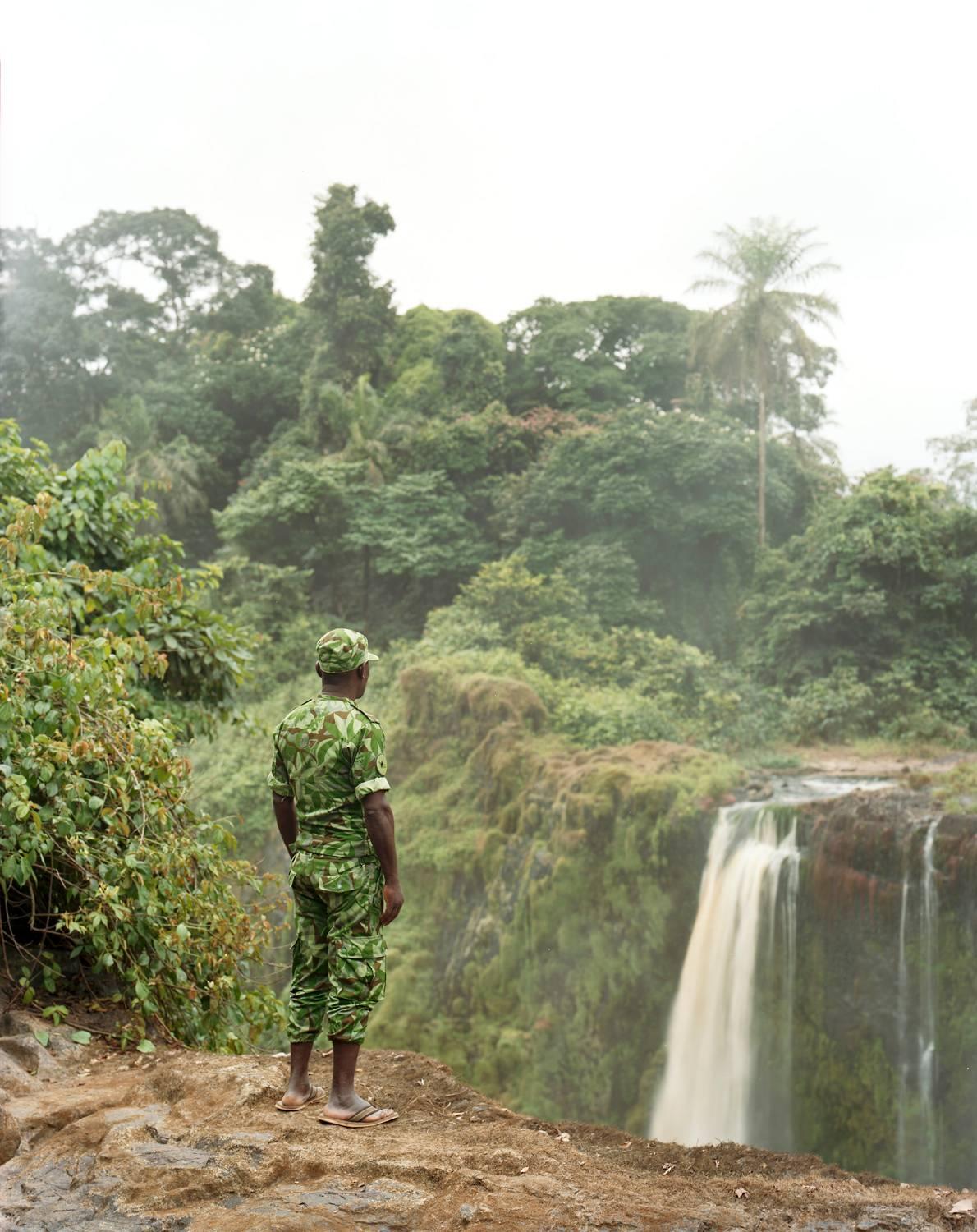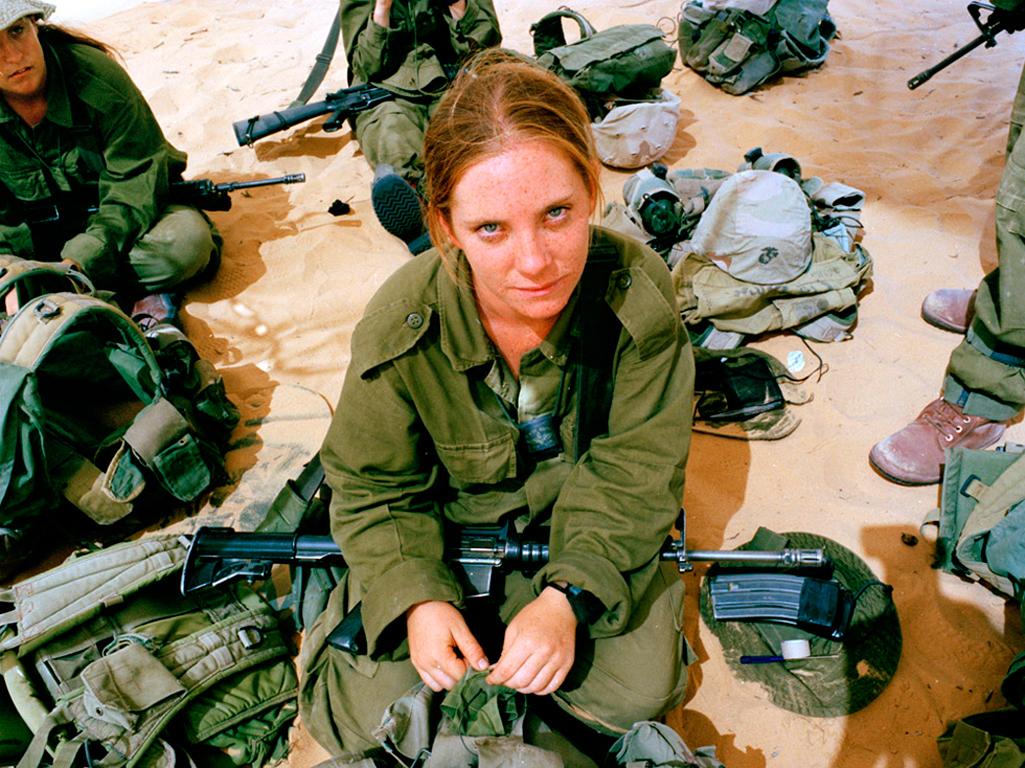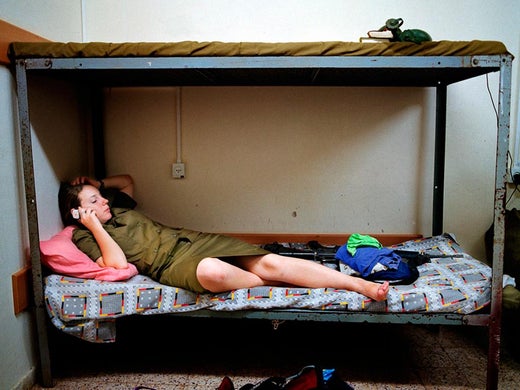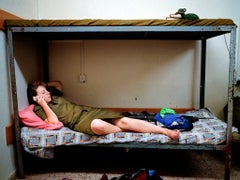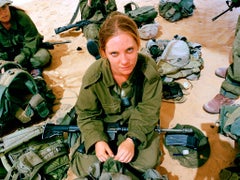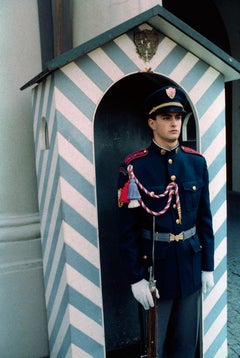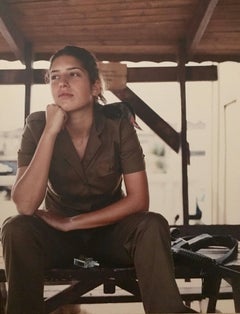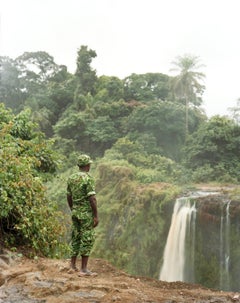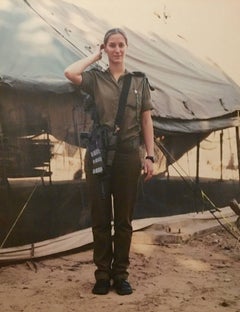Rachel PapoMilitary kiosk counter2004
2004
About the Item
- Creator:Rachel Papo (1970, American)
- Creation Year:2004
- Dimensions:Height: 7 in (17.78 cm)Width: 5 in (12.7 cm)
- Medium:
- Movement & Style:
- Period:
- Condition:
- Gallery Location:New York, NY
- Reference Number:1stDibs: LU93233241721
Rachel Papo
Rachel Papo was born in 1970 in Columbus, Ohio, and raised in Israel. She began photographing as a teenager and attended a renowned fine arts high school in Haifa. At age 18, she served in the Israeli Air Force as a photographer. She earned a BFA in fine arts from The Ohio State University (1991–96), and an MFA in photography from the School of Visual Arts in New York City (2002–5). Papo's photographs are included in numerous public and private collections, and have been exhibited and published worldwide. She currently lives in Berlin, working on personal projects as well as accepting commissioned projects. Her first book, Serial No. 3817131, was published by powerHouse Books in 2008. She was selected as a finalist for the “Santa Fe Prize for Photography” and was awarded a NYFA Fellowship in 2006. In 2009, Rachel won a Lucie Award for “Deeper Perspective Photographer of the Year.”
- ShippingRetrieving quote...Shipping from: New York, NY
- Return Policy
More From This Seller
View AllEarly 2000s Contemporary Portrait Photography
C Print
Early 2000s Contemporary Portrait Photography
C Print
Early 2000s Contemporary Portrait Photography
C Print
1990s Contemporary Portrait Photography
Archival Pigment
2010s Contemporary Portrait Photography
Archival Pigment
2010s Contemporary Photography
Archival Pigment
You May Also Like
Early 2000s Portrait Photography
Laminate, Masonite
21st Century and Contemporary Other Art Style Color Photography
C Print
21st Century and Contemporary Contemporary Portrait Photography
Archival Pigment
Early 2000s Portrait Photography
Masonite
Early 2000s Portrait Photography
Masonite
2010s Contemporary Color Photography
Pigment
Read More
Lori Grinker’s Artful Photographs of a Young Mike Tyson Are a Knockout!
The New York photographer tells us how an encounter with the then-13-year-old boxer led to a decade-long project that saw them both go pro.
In Marc Yankus’s Photos, New York Landmarks Are Pristinely Devoid of People
A new exhibition at Manhattan's ClampArt gallery shows off the artist's portraits of urban architectural icons.
